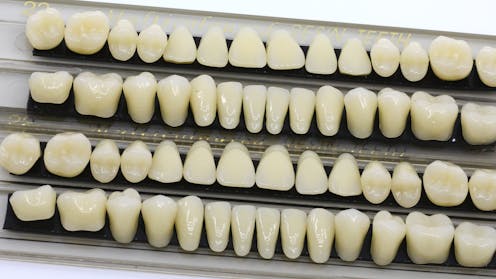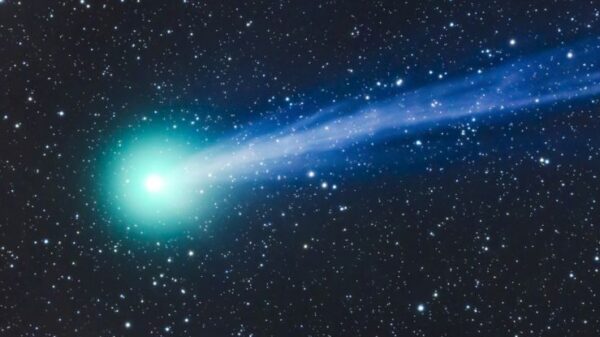Researchers have discovered that human teeth can hold significant information about the climatic conditions and dietary changes experienced during childhood. A recent study led by Tanya M. Smith at the Australian National University reveals that teeth can act as a record of an individual’s environmental history, documenting changes in weather patterns and diet over time.
To investigate this concept, the research team examined the teeth of various subjects, including wild chimpanzees, captive macaque monkeys, and a woman born in Brisbane in January 1990. The findings suggest that teeth contain a week-by-week climate history, providing insights into how past weather events have shaped individual lives.
Understanding the Science of Teeth and Climate
The study’s methodology focuses on the isotopic composition of tooth enamel. Changes in rainfall and temperature subtly influence drinking water, specifically altering the ratios of oxygen isotopes, namely oxygen-18 and oxygen-16. Using a Sensitive High Resolution Ion MicroProbe (SHRIMP) at the Australian National University, researchers vaporised enamel samples corresponding to daily growth lines to analyse these isotopes.
The results were telling. For instance, the enamel of the Brisbane-born donor revealed distinct oxygen isotope patterns that aligned with the significant rainfall events of her infancy. The lowest isotopic values were recorded during the wettest periods, while the highest values were noted during drier months. This pattern illustrates how early environmental conditions can imprint on dental structures.
Dietary Changes Reflected in Isotopes
In addition to climatic data, the research also sheds light on dietary changes through nitrogen isotope analysis. The SHRIMP technology enables scientists to assess nitrogen-15 and nitrogen-14 ratios in tooth dentine, providing insights into protein consumption during early childhood. The Brisbane donor exhibited a pronounced increase in nitrogen-15 levels at birth, indicative of breastfeeding.
As her diet evolved to include solid foods such as bread and cheese, the nitrogen-15 levels began to decline. This correlation between dietary intake and isotopic composition offers a unique glimpse into historical eating habits and maternal behaviours.
The ability to analyse tooth enamel and dentine isotopes represents a significant advancement in understanding historical and prehistoric human lifestyles. Researchers have applied these techniques to study ancient populations, including Neanderthal children from the Rhône basin in southeastern France, dating back 250,000 years. This work aims to reconstruct the seasons in which these children were born and weaned, providing valuable insights into their lives.
Broader Implications for Understanding Humanity’s Past
This innovative research has broader implications for studying ancient climatic conditions and dietary practices across different eras. The isotopic analysis of teeth could reveal how changing environments influenced human evolution and adaptation. Preliminary findings indicate that even apes from 17 million years ago show isotopic differences consistent with environmental changes, suggesting that climate has played a pivotal role in shaping the development of early hominins.
The potential applications of this research are vast. By continuing to refine isotopic analysis techniques, scientists can uncover hidden narratives within teeth, offering a deeper understanding of humanity’s history and the impact of modern lifestyles on health and nutrition.
In summary, the research conducted by Tanya M. Smith and her team opens new avenues for exploring the intricate connections between climate, diet, and human development. As technology advances, the stories held within our teeth may provide a richer tapestry of the past, revealing how our ancestors adapted to their environments.





























































